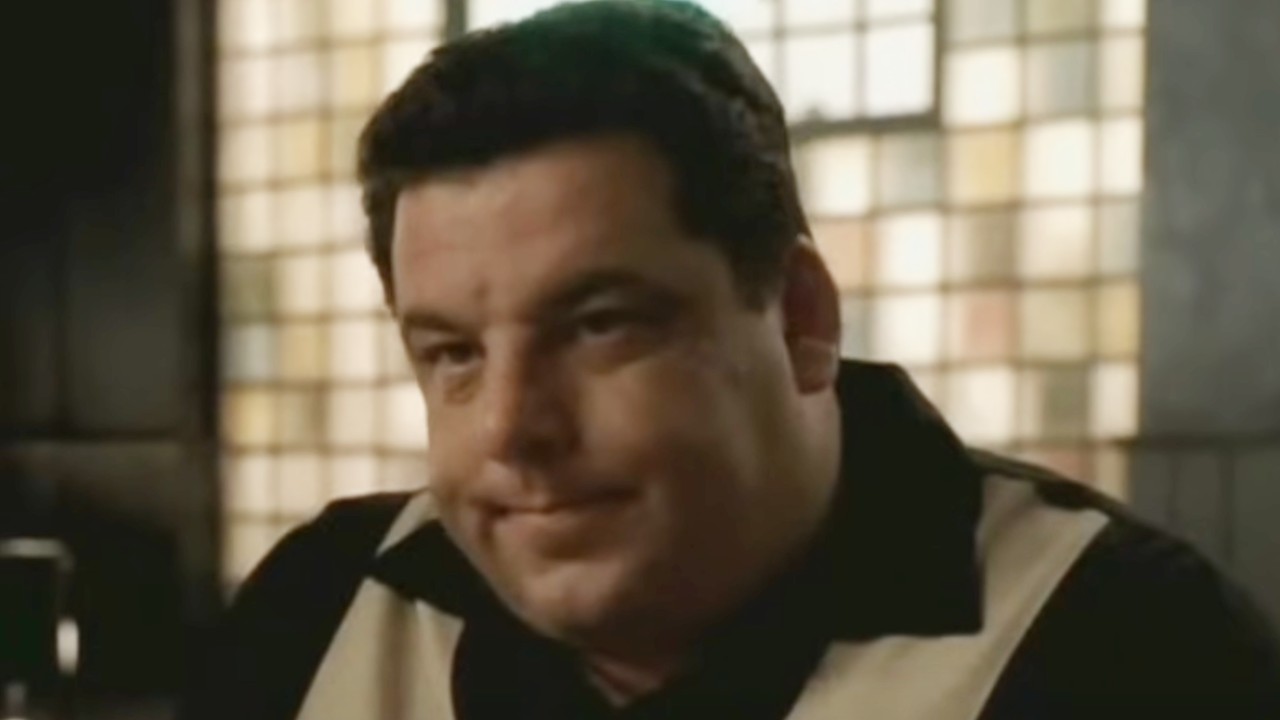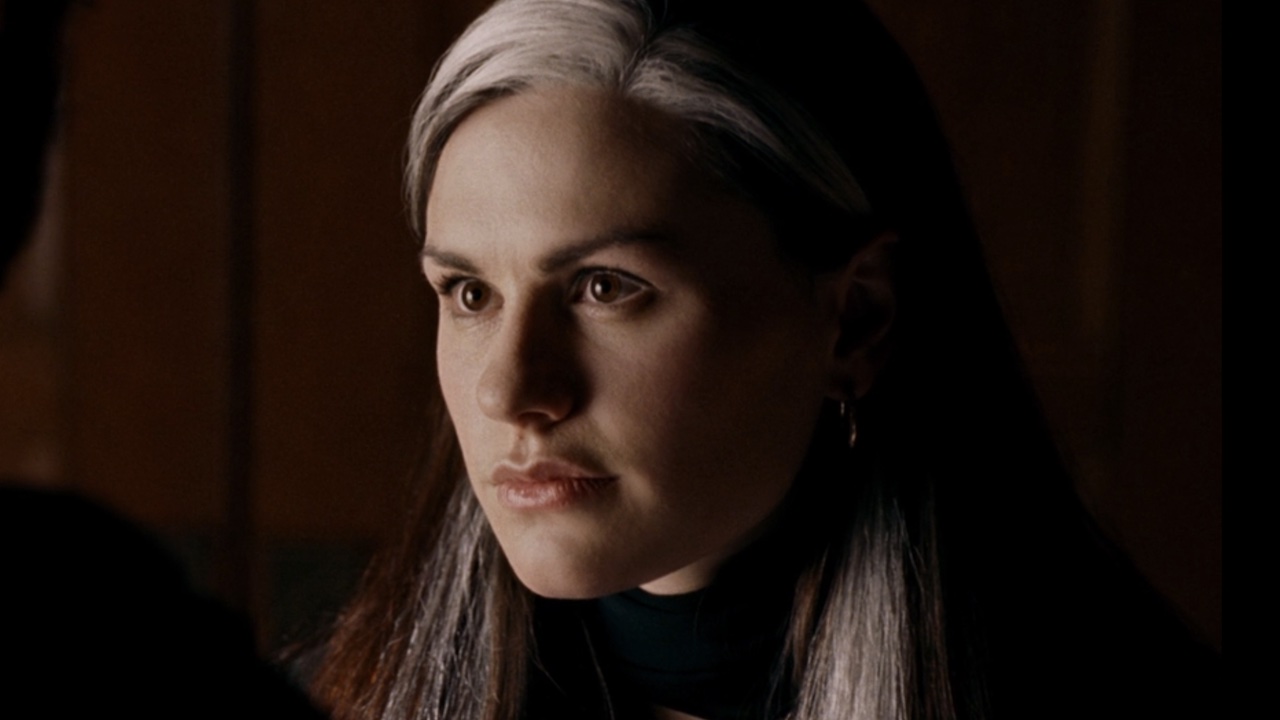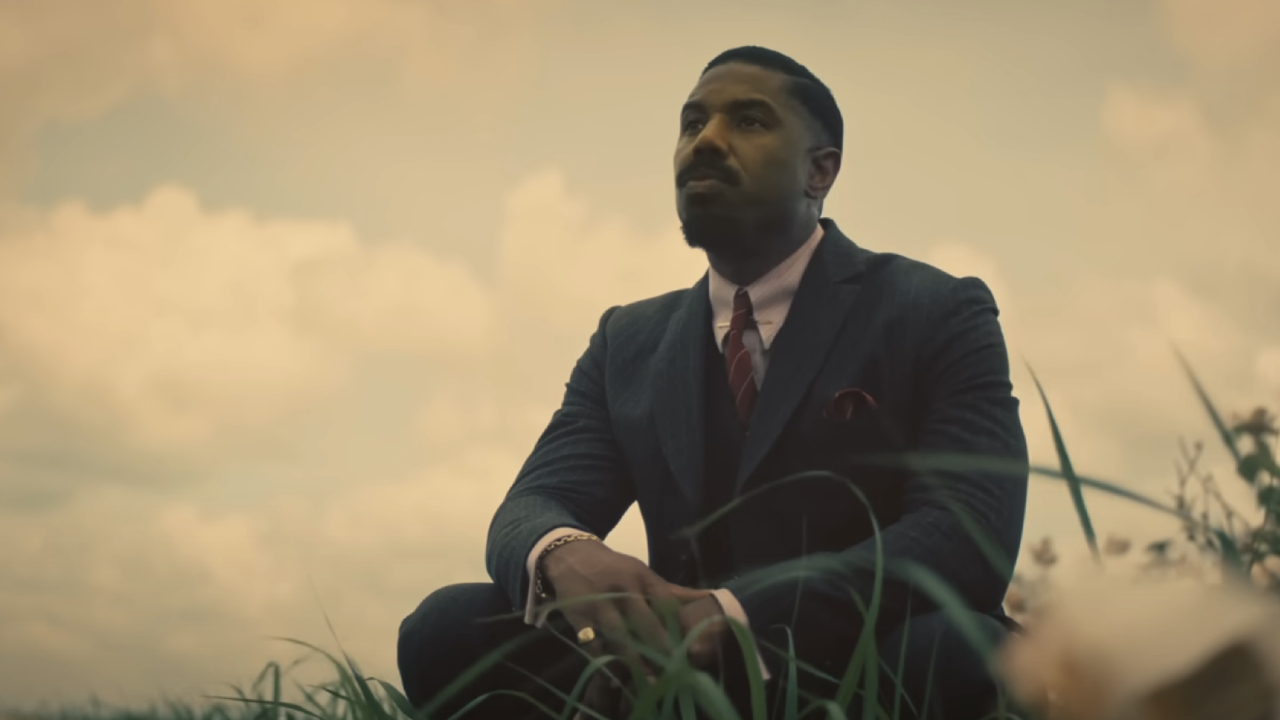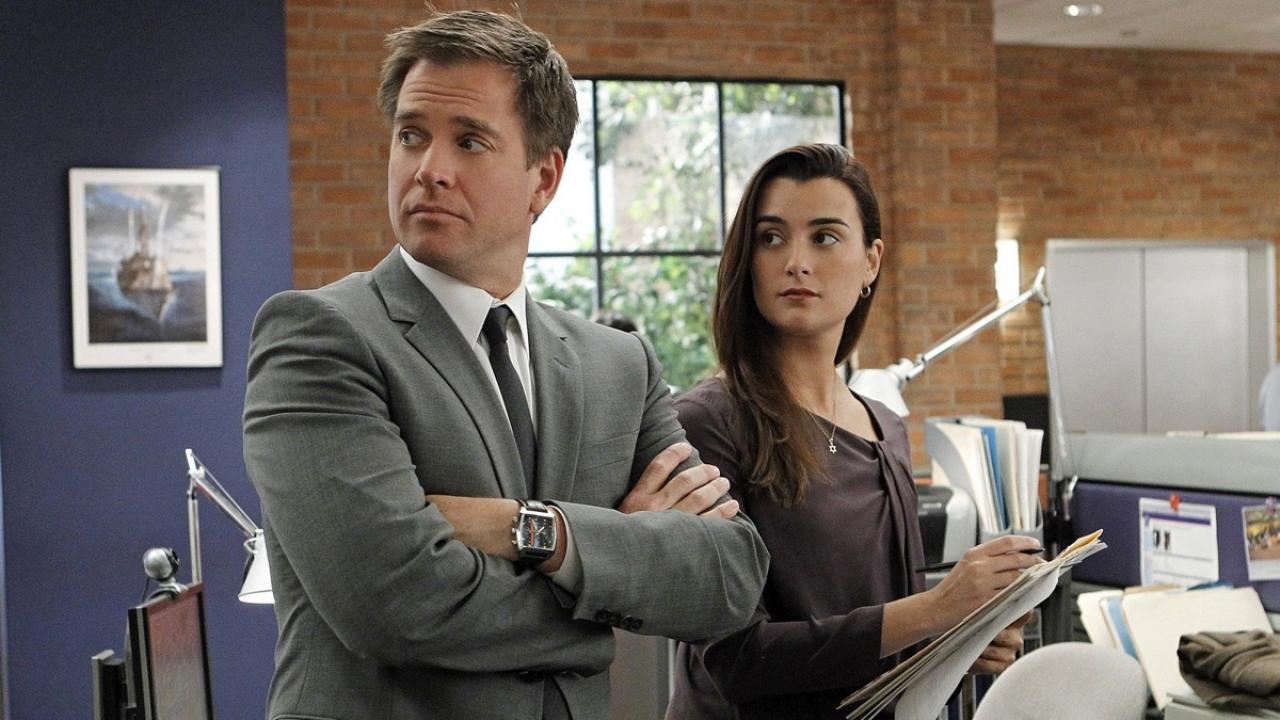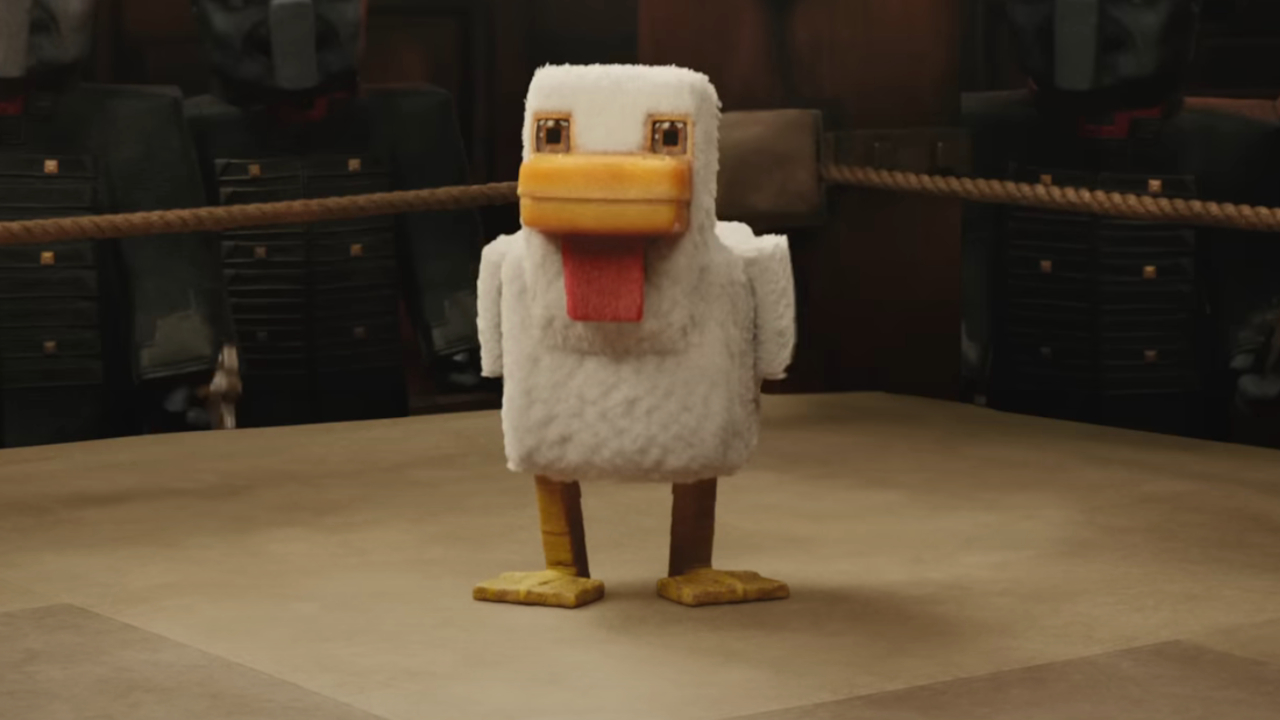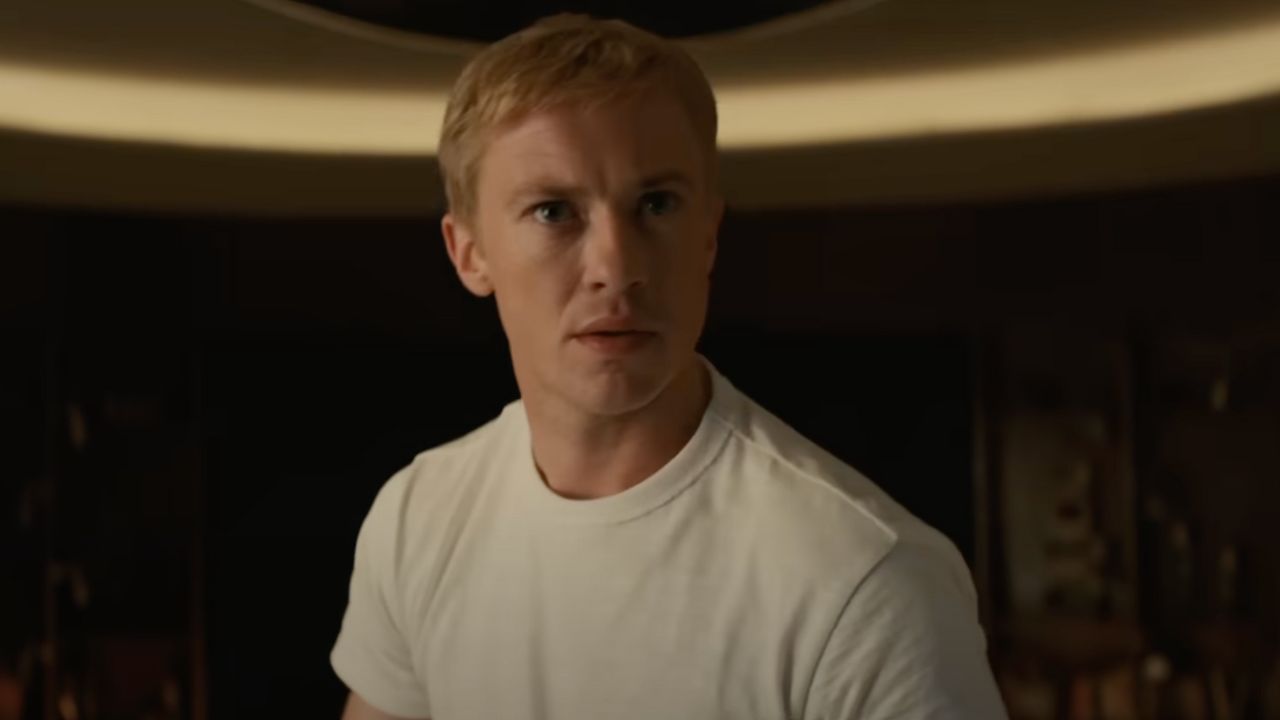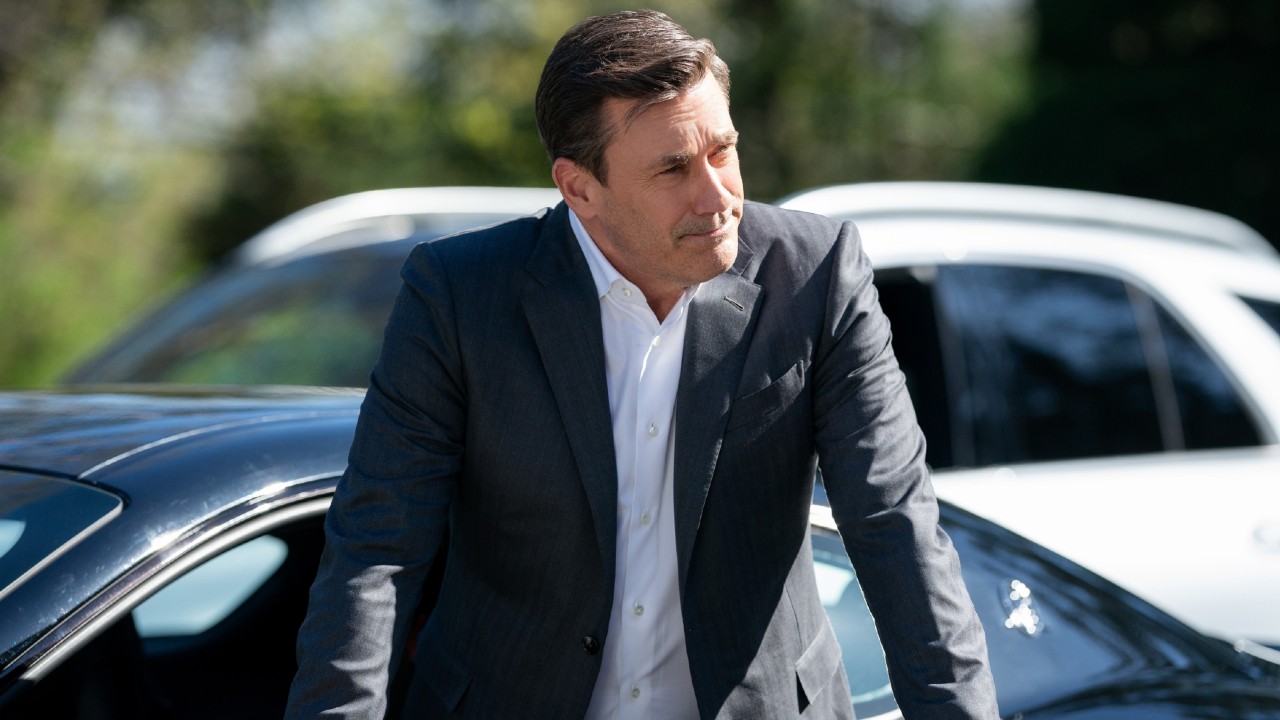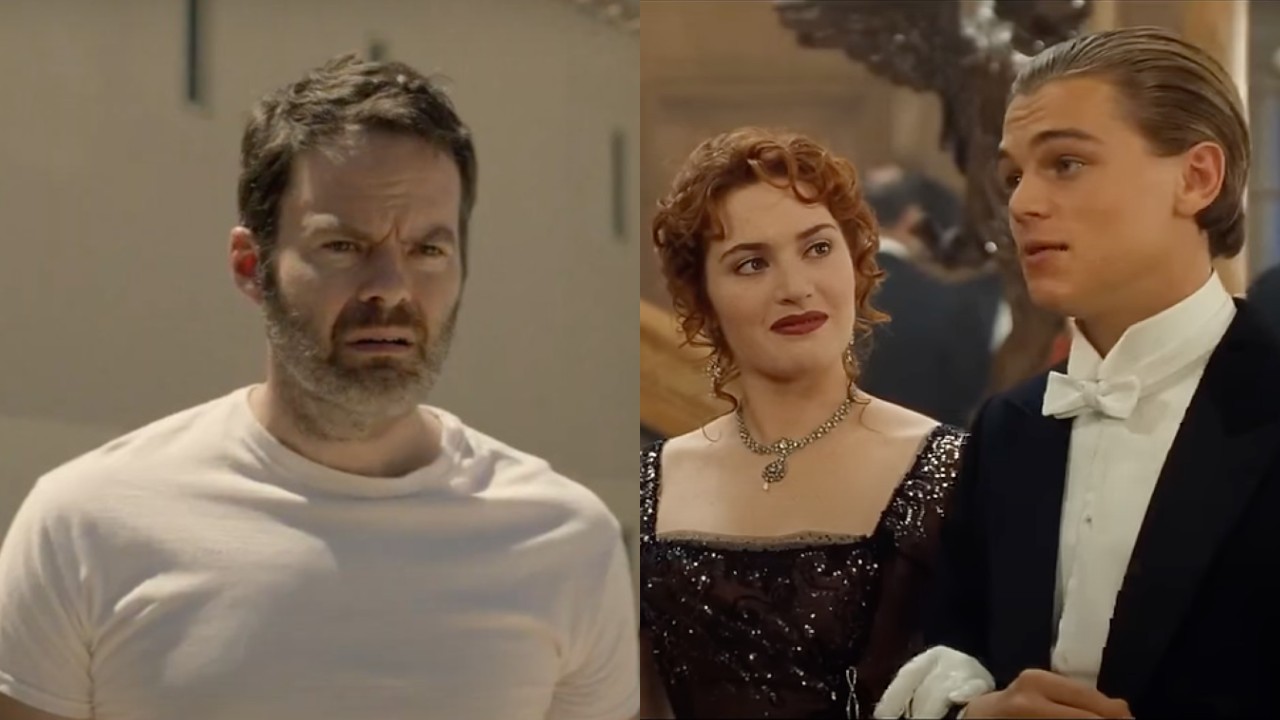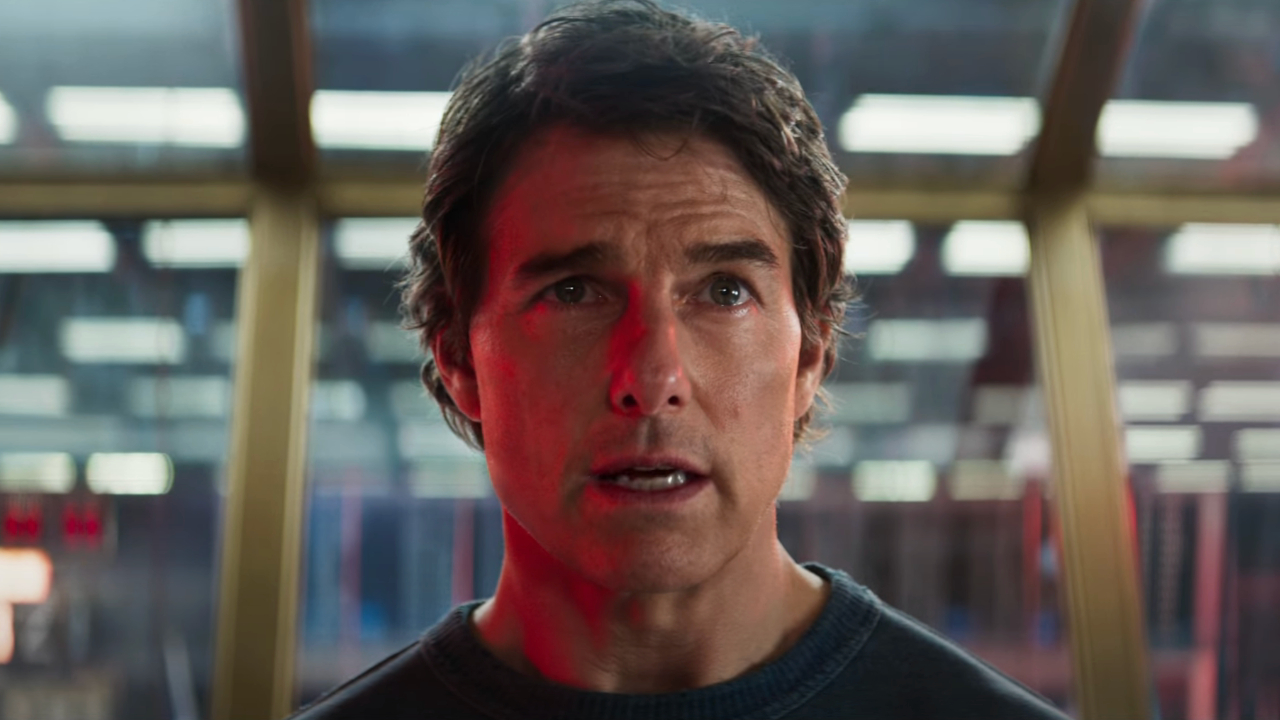Adapting Stephen King's IT: How A Generation Was Successfully Traumatized By A 1990 Miniseries
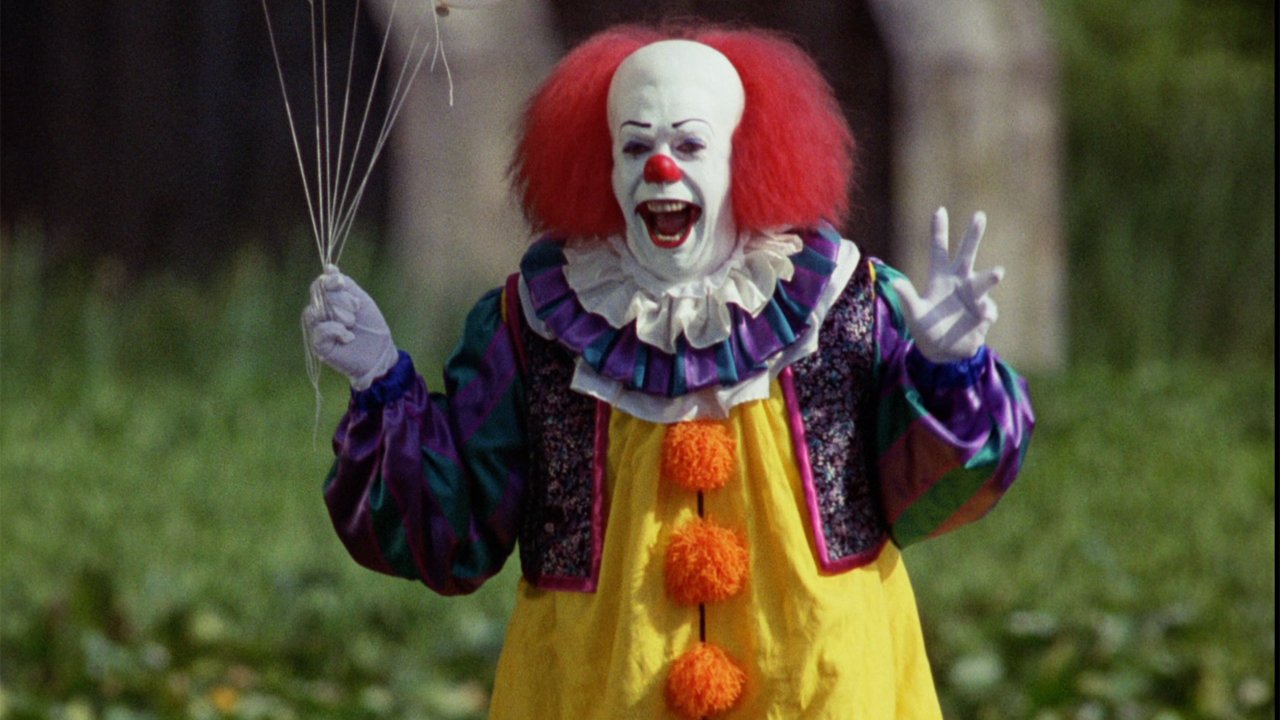
It’s a tricky thing to make generalizations about the writing of Stephen King, as his body of work is one that never ceases to stop growing. Each new story, with its new characters and new themes, offers new dimensions to the King canon, and has its own way of making Constant Readers evolve their understanding of the author’s capacities. “Definitive” critiques and judgments are continually rendered ephemeral. And yet it’s still so impossibly easy to judge 1986’s IT as the author’s magnum opus.
A book that was developed and written over the course of seven years, IT is a coalescence of everything that the world associates with Stephen King: the all-important bonds of adolescent friendship, as seen in “The Body;” the dread of pervasive evil, as depicted in Salem’s Lot; the scope of The Stand; and even arguably the psychic battery of The Shining, albeit running an entire town on bad juju instead of a simple Rocky Mountain hotel. And, of course, there’s King’s pure love of monsters. Interweaving stories from two distinct eras, it’s an epic that is as spectacular as it is horrifying.
It’s also yet another novel that George A. Romero very much wanted a crack at bringing to live-action. After his plans to make Salem’s Lot, The Stand, Creepshow 2, and Pet Sematary hit their respective hurdles, the filmmaker saw IT as his opportunity to helm his first Stephen King adaptation since 1982’s Creepshow, and plans were formulated to turn the material into a massive television event. Unfortunately, executives at the network developed cold feet in regards to the size of the investment, and as the scale of the project was reduced, Romero walked away to work on the 1990 remake of Night Of The Living Dead.
IT ultimately went from being a potential ten-part television event to being a two-part miniseries, with Carrie screenwriter Lawrence D. Cohen brought in to write the teleplay, and Halloween III: Season of the Witch’s Tommy Lee Wallace hired to direct. Cut down as it may have been, however, it is still an iconic adaptation in its own right – one that did a rather effective job traumatizing a whole generation. It’s dense material with a complicated legacy, and I get into all of it in this week’s Adapting Stephen King.
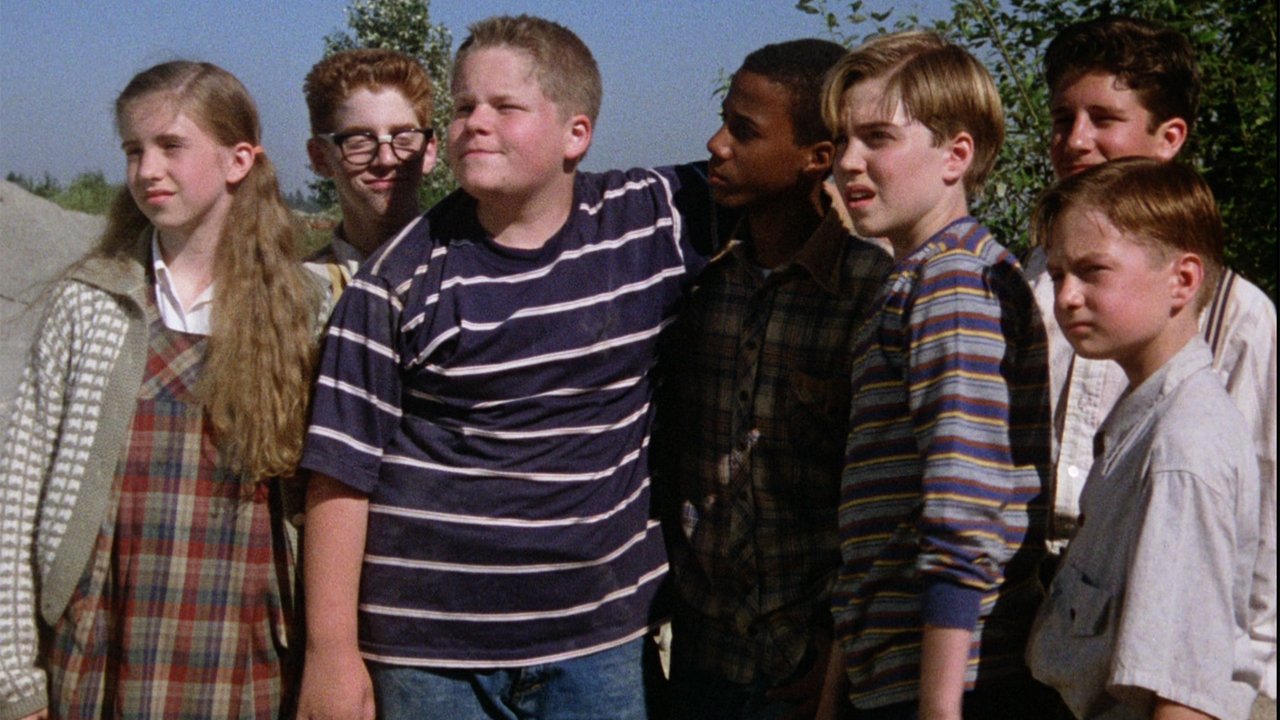
What IT Is About
Much like Cujo, the origin story behind IT begins with a trip to see a mechanic. In 1978, Stephen King and his family were living in Colorado while he was working on The Stand, and on one fateful day the transmission literally dropped out of the author’s AMC Matador. The car was towed to the local dealership to be fixed, and King was told he could pick it two days later.
When he got the call that the repairs were done, King set off on foot to go get it, and at one point found himself walking across a wooden bridge. Listening to the sound his steps made, he was instantly struck with an idea – a moment he describes in the essay “How IT Happened” (from Secret Windows: Essays And Fiction on the Craft of Writing) as being akin to being blinded by a flashbulb in a dark room. He was suddenly reminded of the fairy tale “The Three Billy-Goats Gruff,” and he was inspired to write a novel about “a real troll under a real bridge,” only in King’s case, the bridge would be an entire city.
The notion swam about in the writer’s mind, but began to really take shape the following year when the King clan moved back to Maine – specifically to the small city of Bangor. Acclimating himself to his new home, Stephen King spent some time walking all over and talking to the residents so that he could hear their stories. He heard tales about Bangor’s crazy sewer system, and how the Works Progress Administration during The New Deal lost track of what they were building because of an overflow of federal funds. He was told by one individual that a person could take a canoe and travel from one end of the city to the other using the maze of pipes.
CINEMABLEND NEWSLETTER
Your Daily Blend of Entertainment News
It was through these conversations that King began to envision Derry, Maine, his own special version of Bangor, and the monster that lives in the dank tunnels beneath it.
Further reconsideration of the bridge that conceals the troll in “The Three Billy-Goats Gruff” led to the rest of IT falling into place. Thinking about this classic symbol led Stephen King to remember the small corridor that existed between the adult and children’s sections in the public library he visited growing up, the two rooms featuring distinct aesthetics. It was this that eventually inspired the dual, interweaving narratives of the novel – one following the ensemble of characters as children, and the other examining their lives as adults.
The actual story that emerged from those combining concepts is one about childhood abuse. IT is a book ensconced in the supernatural, with the abstract that is evil given a face and a motivation, but above all else it is deeply human in its analysis of how people process trauma. As much as our instincts may want us to block out nightmarish realities from our past, they are never gone until they are recognized and reconciled.
Flipping back and forth between the late 1950s and mid-1980s, IT's protagonists make up the members of The Losers Club: Bill Denbrough, Richie Tozier, Stanley Uris, Eddie Kaspbrak, Beverly Marsh, Mike Hanlon, and Ben Hanscom. Each of them is an outcast in their own way, be it because of their race, class, religion, or disability, but when they become friends as pre-teens they form a bond that can be broken by nothing.
Their friendship, in fact, is arguably guided by larger forces of the universe, as it is only their strength as a group that can face the horrors that lurk in the sewers beneath their hometown. Derry, Maine is a historically scary place, one that has to enforce a curfew due to the exceptional rate of kids disappearing, but the adults are all too happy to turn a blind eye to the expansive darkness. This makes it a perfect habitat for IT: an ancient and malicious shapeshifter that awakens every 27 years to feed on fear and children, principally in the form of Pennywise The Dancing Clown.
It’s in the aftermath of Bill’s brother Georgie being killed that The Losers Club forms and begins to understand the nature of the being, and together the young heroes are able to temporarily stop the carnage… but then IT returns in 1984. As Bill, Richie, Stanley, Eddie, Beverly, and Ben approach their 40s, their memories of childhood faded and perspectives narrowed by adulthood, Mike calls them back to Derry for another showdown, and they must confront the horrors of the past while trying to end the horror for good.
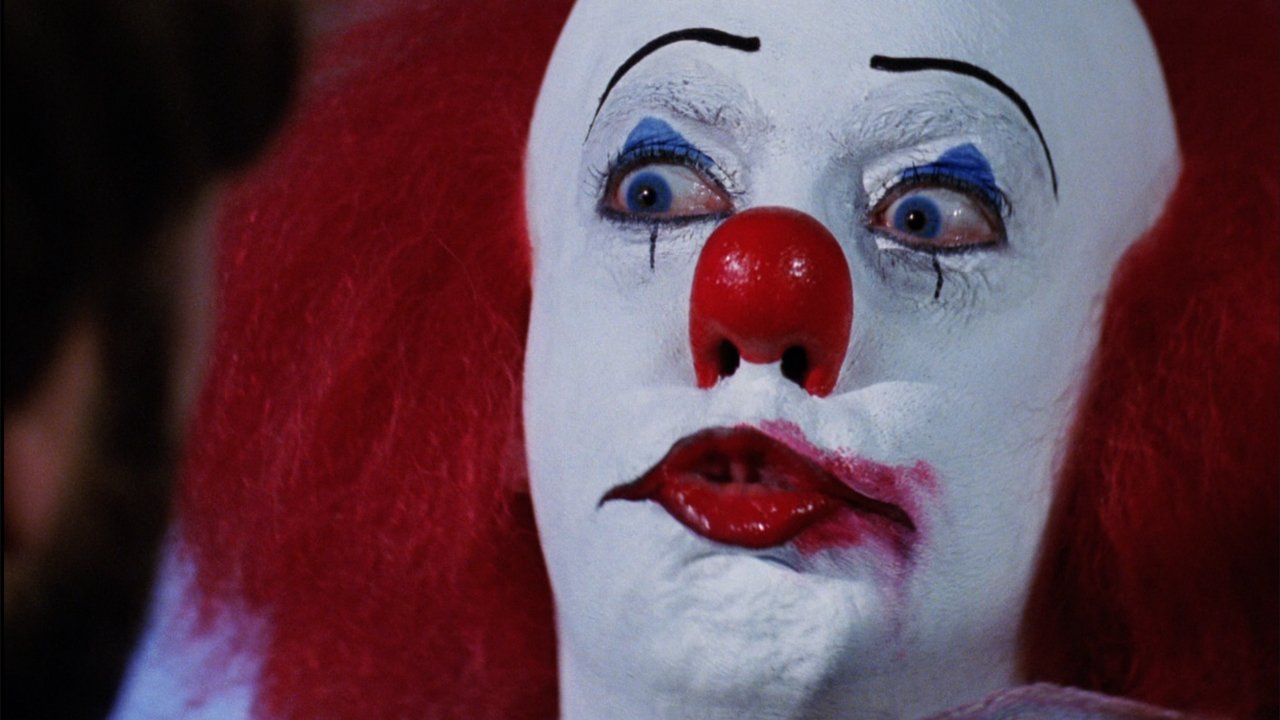
How Tommy Lee Wallace’s IT Differs From Stephen King’s Book
Had things gone as initially planned with the television adaptation of IT, it’s possible that ABC could have developed at least a censored facsimile of the text in live action… but, instead, three hours proved to not be nearly enough real estate to cover 1,138 pages of content. As such, Tommy Lee Wallace and Lawrence D. Cohen had to make some significant cuts from the source material to trim it down to size. But those aren’t the only kinds of changes made for the miniseries. Also mixed into the work are deviations forced by the restrictions of the medium, and some that seem to exist for no reason beyond the predilections of the filmmakers.
Beyond details like the settings being changed to 1960 and 1990 (a 30-year gap instead of 27), the most impactful macro alteration implemented by the screenwriter is in the structure – which treats IT less like a story with a dual narrative, and more like a story with a single narrative that is heavy on flashbacks. Rather than being given equal weight, the sequences set during the protagonists’ childhood unfold as memories that are spurred on when the various adult members of The Losers Club get their respective calls from Mike Hanlon (Tim Reid).
This makes all kinds of sense for the new packaging that is a two-part miniseries, but it also has the side effect of narrowing the scope of the story. As effective as it is to see Bill (Jonathan Brandis), Richie (Seth Green), Stanley (Ben Heller), Eddie (Adam Faraizl), Beverly (Emily Perkins), Mike (Marlon Taylor), and Ben (Brandon Crane) experience their respective terrors growing up, what’s lost with the intensified character focus is the larger atmosphere of Derry and its palatable sinister overtones. It also doesn’t make any space for the perspective of IT (Tim Curry) itself – not to mention the book’s far venture into concepts outside of space and time… but I’ll get more into that in a moment.
The more micro snips made in adapting IT for the small screen are too numerous to list in full here, but what’s missing or altered stands out to anyone familiar with the Stephen King book. Adult Richie (Harry Anderson) is a talk show host instead of a radio personality. Stan being Jewish is minimized and replaced with him being a Boy Scout. The Neibolt House isn’t a thing. Tom Rogan (Michael Ryan) doesn’t pursue adult Beverly (Annette O'Toole) to Derry, and he doesn’t abduct Audra (Olivia Hussey), the wife of adult Bill (Richard Thomas), while under Pennywise’s control. The controversial sex scene is excised. And sequences like the attack by the monstrous bird and the flashback to the burning of The Black Spot – featuring a cameo from The Shining’s Dick Halloran – are wholly removed.
Then there is the ending of the IT miniseries, which I will let Tommy Lee Wallace explain in his own words (from the Blu-ray commentary track):
The thing that was virtually impossible to achieve, and I still wonder if we could have achieved it even if we had unlimited millions of dollars and all the time in the world, was the actual combat with the creature. In the book it’s very cerebral… Try putting that on film. It’s too abstract; it’s too difficult. I would have loved to have tackled it some more, but, of course, for the sake of this drama it had to be simplified and in plain terms. And in Stephen King’s book, we were certainly true to the facts of the book and to the plot itself. IT in the end is this big, horrifying spider.
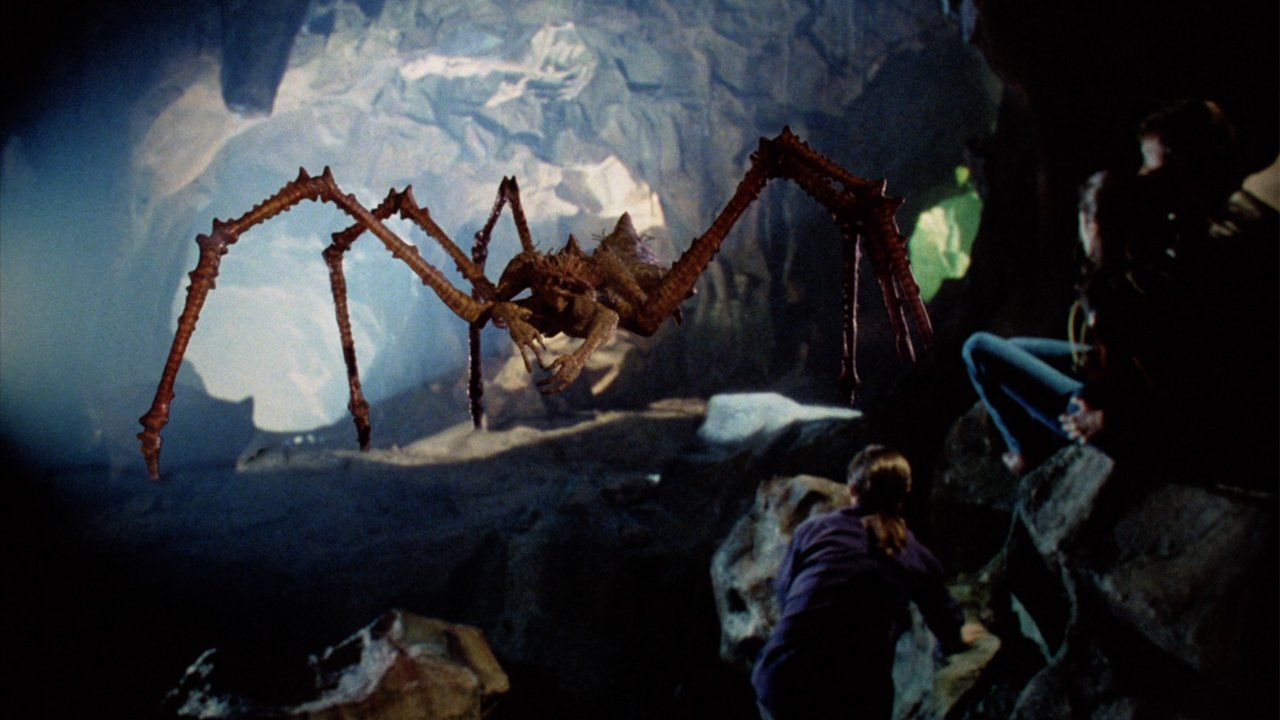
Is It Worthy Of The King?
Accepted in totality for what it is, Tommy Lee Wallace’s IT is a serviceable adaptation of the Stephen King book. There are a lot of great moments that don’t make the cut, and the material isn’t nearly as graphic as it should be thanks to its network television origins, but it understands all of the author’s intentions, and does a solid job hitting on those themes with its age-separated ensembles.
What makes the IT miniseries iconic, however, is the phenomenal work done by Tim Curry as the titular monster, and its arrival on the airwaves at a key time for the millennial generation.
Having had the rough experience of wearing prosthetics and heavy makeup for his role in Ridley Scott’s Legend, Tim Curry personally balked at the idea of Pennywise in IT having any kind of extreme look, and it turned out to be perfect call for the adaptation. Sporting basic clown paint, a fright wig, and a bulbous forehead, the villain looks like he comes straight from the local circus –but that simply opens the door to the true terror coming from the actor’s performance. He is a genuine source of nightmares, and an origin point for many fans’ coulrophobia.
That’s an unyieldingly important factor in the reception of IT, because part of the miniseries’ legacy stems from how “90s Kids” (like myself) were exposed to it. It could be called tame by modern standards, but the miniseries was a rather extreme thing to land on while channel surfing as an adolescent, and it didn’t have the barrier of having to get your parents to purchase you a movie ticket.
But then there’s the ending, which, it’s sad to say, will forever taint the experience. When all of Stephen King’s cerebral and metaphysical writing is stripped away, what you’re left with is a giant fake spider made on the budget of a TV movie, and it fails to be either scary or thrilling. Like a locomotive headlamp coming down a long dark tunnel, Tommy Lee Wallace saw this problem coming immediately after he read the book, but he was unable to really do anything to fix it in making the adaptation (even after doing a re-write on Lawrence D. Cohen’s teleplay for Part 2). The director explains on the commentary track,
I remember when I read it, honestly saying, ‘Oh gee, a spider, after all that? It’s just a big spider?’ I tried not to let that sense get in the way for me. I tried to keep a great sense of wonder and a sense of horror about this thing, but there is just an absolute, inevitable feeling to me of, ‘Well, gee, finally now it’s finite’… I think there’s an inevitable disappointment involved, whether we succeeded on our terms or not.
The best advice I can give in reflecting on the IT miniseries is to do the opposite of The Losers Club: forget where it ends, and instead just remember where it starts.
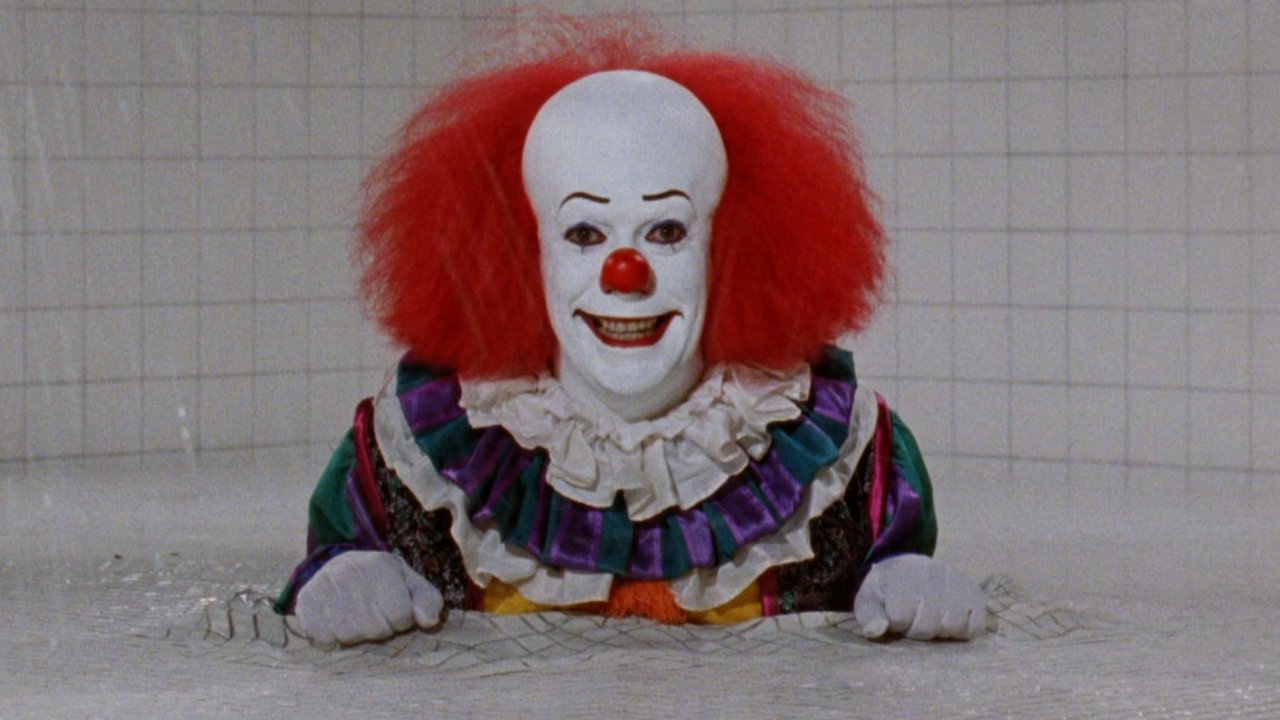
How To Watch Tommy Lee Wallace’s IT
If you now or at some point in the near future find yourself with a three hour gap in your schedule, you could be watching Tommy Lee Wallace’s IT with a click – provided that you have Hulu or HBO Max. If you don’t have accounts on either site, you can also purchase a copy digitally via iTunes. For those of you who are into physical media, the miniseries is available on Blu-ray, featuring a commentary track with the director and select members of the cast.
Looking ahead, Adapting Stephen King will be spending one last week in the year 1990 with what is one of the most beloved titles in the canon: Rob Reiner’s Misery. What are the origins of Annie “I’m Your Number One Fan” Wilkes, and how does the film hold up today? Look for my column next Wednesday in the movie section here on CinemaBlend, and click through the banners below to find all of my previous installments.







Eric Eisenberg is the Assistant Managing Editor at CinemaBlend. After graduating Boston University and earning a bachelor’s degree in journalism, he took a part-time job as a staff writer for CinemaBlend, and after six months was offered the opportunity to move to Los Angeles and take on a newly created West Coast Editor position. Over a decade later, he's continuing to advance his interests and expertise. In addition to conducting filmmaker interviews and contributing to the news and feature content of the site, Eric also oversees the Movie Reviews section, writes the the weekend box office report (published Sundays), and is the site's resident Stephen King expert. He has two King-related columns.
